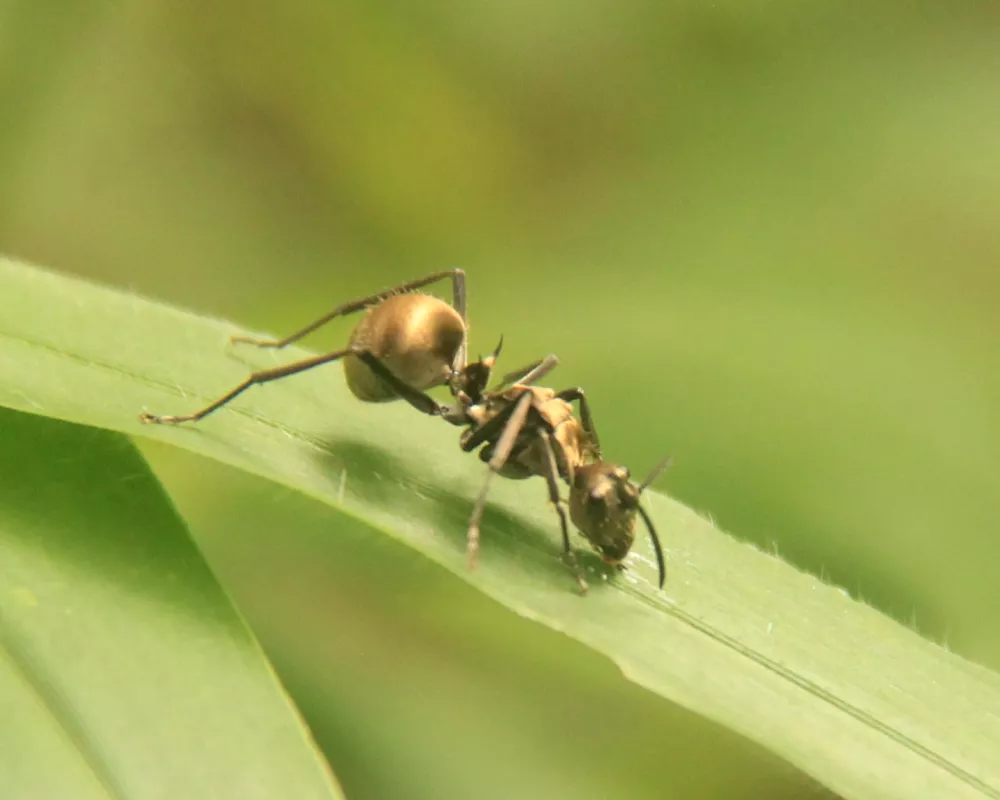Study of Soil Arthropods and Earthworm Diversity as Bioindicator for Reclamation Success

The process of mining causes the loss of biotic and abiotic components in a potential site containing mining materials.
Based on the land use map of Hamablang quarry, there are 29,5 hectares of previously mined land spread over four areas that have been reclaimed and planted with Swietenia mahagoni. The final goal of reclamation in a mined site is to restore productivity and function of an ecosystem on mining site. However, often times the success of reclamation is solely measured on the growth percentage of the planted vegetation within a previously mined site. This is based on the assumption that if the percentage of vegetation growth is high within an area, then that area will be safe from erosion and the hydrological function.
One of the important parameters that indicates the success of a reclamation process is the occurrence and rise of habitat complexity indicated by two bio indicators, arthropods and earthworms. During this project, a study of arthropod and earthworm diversity as a bio indicator for the rise of habitat complexity will be performed as a parameter for the success of rehabilitation in a mined site.



